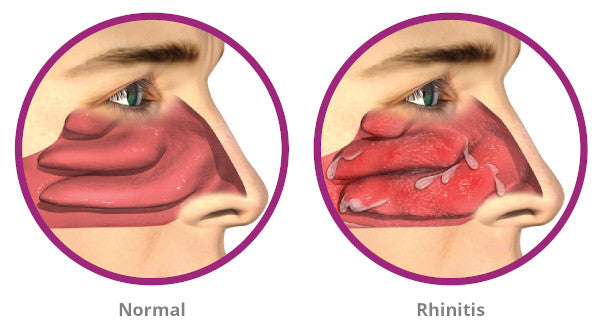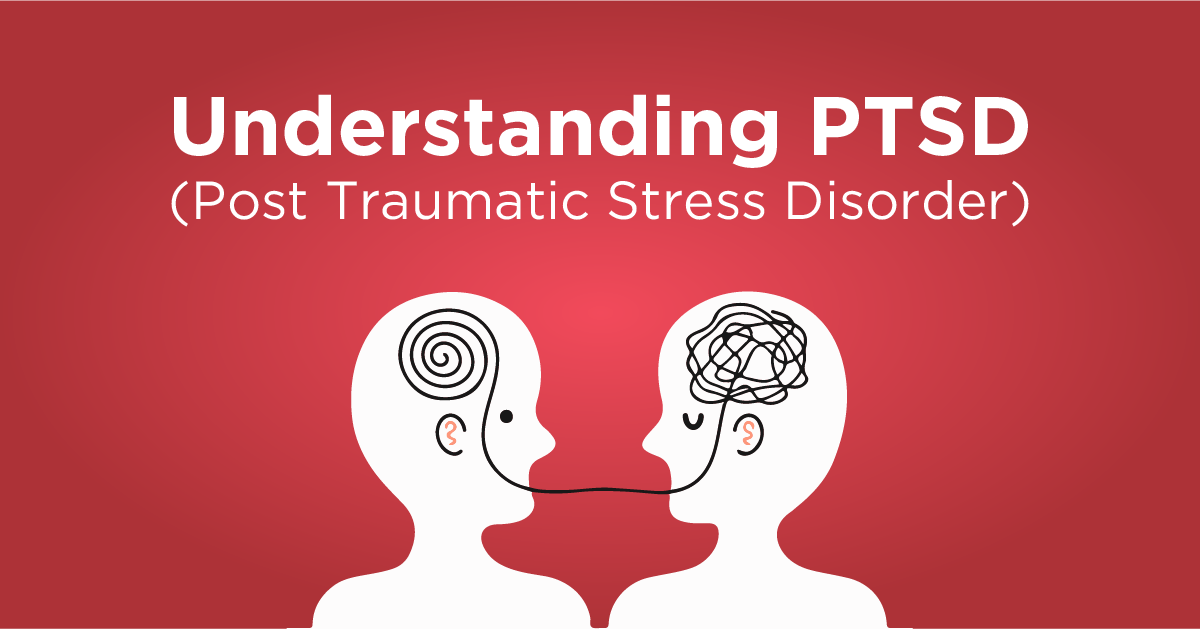Child Onset Fluency Disorder (Stuttering)
Child Onset Fluency Disorder (Stuttering)
(Child Onset Fluency Disorder (Stuttering))
Student’s Name:
Institution of Affiliation:
Course Code + Course Title
Instructor’s Name:
Assignment Due Date:
The most prevalent type of stuttering, childhood-onset fluency disorder, is a neurologic impairment caused by an underlying brain defect resulting in dysfluent speech. Subsequent effects of stuttering include a negative perception of oneself and judgmental comments by others, anxiety, and, in rare cases, depression (Maguire et al., 2020). Patients diagnosed with stuttering tend to develop verbal or situational avoidance and involuntary movements over time. Stuttering that is pervasive into adulthood can significantly restrict or impact an individual’s quality of life, including social engagement and professional growth and development (Maguire et al., 2020). Identifying stuttering early can help with early intervention intending to initiate compensatory changes in the brain, which are possible in the early stages of development, to minimize consequences such as social anxiety, limited social skills, negative attitudes towards communication, and maladaptive compensatory behaviors.

Signs and Symptoms
Patients with childhood-onset fluency disorder are marked by normal fluency and time patterning of speech disturbance that is unrelative to an individual’s age or development stage. Patients often repeat or prolong sounds or syllables (Maguire et al., 2020). Additionally, patients demonstrate speech deficits, including broken-up single words like pauses within a word, audible or silent blocks like speech with filled or unfilled pauses, circumlocutions like substituting words to avoid problematic ones, producing words with excess physical tension, and use of monosyllabic whole-word repetitions like “she-she-she-she is there.”
(Child Onset Fluency Disorder (Stuttering))
DMS-5 Criteria
| DMS-5 Criteria for Stuttering | |||
| Criteria A | Criteria B | Criteria C | Criteria D |
| Repetition of sounds and syllables | The disturbance leads to anxiety regarding speaking or ineffective communication, social engagement, or academic or occupation performance, individually or combined. | Symptoms begin in early childhood development period. | The disturbance is not linked to any speech-motor or sensory deficit., disfluency related to neurological insult like stroke or trauma, or any medical condition and is not better demonstrated by another mental disorder. |
| Prolonging consonants and vowels | |||
| Broken words | |||
| Audible or silent blocking | |||
| Producing words with excessive physical tension | |||
| Repeating monosyllabic whole-words like he, she, and I | |||
Etiology
The origin of stuttering is attributed to genetic and epigenetics and neural and motor correlates. Studies have indicated that stuttering is typical in some families because of the presence of a gene linked to stuttering transmission, which can be established using a family tree with a high density of people who stutter (Smith & Weber, 2019). The gene can vary from family to family; hence stuttering is not attributed to a single genetic basis. Studies have also used epigenetics to understand stuttering. Epigenesis is based on environmental influences, linking the bridge between genetic and environmental factors. More recent studies have focused on neural and motor correlates to understand the etiology of stuttering. These studies have investigated the difference in brain sections between stuttering and fluent individuals (Smith & Weber, 2019). The commonality in the investigations indicates atypical connectivity and functioning in the left inferior frontal areas typically specialized for speech production and other sections related to auditory and linguistic processing.
Epidemiology
Stuttering is a common disorder across all age groups. In 80-90% of people who stutter, it begins by age 6. Most people averagely develop stuttering between 2 and 7 years. Stuttering affects 5% to 10% of kindergarten children (Sjøstrand et al., 2019). About 5.2% of children aged 3 to 5 years and 8.4% of those aged 2 to 7 years stutter (Sjøstrand et al., 2019). Stuttering is common among persons with intellectual disabilities, affecting 0.8% to 20.3% per different reports. Persistent stuttering affects about 1% of the population (Sommer et al., 2021). Males develop stuttering 4 times more than females.
Prognosis
Individuals can recover from stuttering, although it can be life-long. About 65%-85% of stuttering children recover (Sommer et al., 2021).
Pharmacological Treatment
There is no FDA-approved medication to treat stuttering. However, patients can be prescribed medications with a dopamine-blocking activity that have proved effective and efficient (Maguire et al., 2020). However, it is fundamental to limit medication after reviewing side-effects profiles. A dopamine-blocking antipsychotic, haloperidol, can be prescribed as it has proven its efficiency in improving brain activity in speech areas.
(Child Onset Fluency Disorder (Stuttering))
Non-Pharmacological Treatment
Non-pharmacological treatments are the first line treatment for stuttering. Common non-pharmacological treatments include speech therapy, cognitive behavioral therapy, and electronic delayed auditory feedback tools (Maguire et al., 2020).
- Speech therapy promotes slow and effective speaking
- Cognitive behavioral therapy can be adopted together with speech therapy to identify undesired thought patterns that worsen stuttering and help the patient develop coping strategies to manage stress associated with stuttering.
- Electronic delayed auditory feedback tools are adopted to help persons to slow down their speech to enhance effectiveness.
Diagnostic and Labs
Family physicians are the first contact during patient assessment and diagnosis because of their broad knowledge of individual disfluencies. After collecting subjective data, various tests can be done to ascertain the diagnosis. The practitioner can test phonological skills and syntactic and morphosyntactic proficiency using SPELT-3 (Smith & Weber, 2019). The test of Childhood Stuttering (TOCS) can help determine speech fluency. It adopts standardized speech measures like rapid picture naming, modeled sentences, narration, and structured conversation. The Behavior Assessment Battery for School Age Children (BAB) can help identify disfluencies. A norm references stuttering assessment like Stuttering Severity Instrument (SSI-4) is also useful in ascertaining the diagnosis.
Differential Diagnosis
- Sensory deficits
- Normal Speech dysfluencies
- Medication side effects
- Adult-Onset Dysfluencies
Patient Education
- Educate the patient to speak slowly and calmy with frequent pauses.
- Advise the parent to spend some quiet, uninterrupted time with the child every day.
- Ask the parent to be polite when the child speaks,
- Educate the parent on using positive affirmations and reinforcement.
References
Maguire, G. A., Nguyen, D. L., Simonson, K. C., & Kurz, T. L. (2020). The Pharmacologic Treatment of Stuttering and Its Neuropharmacologic Basis. Frontiers in neuroscience, 14, 158. https://doi.org/10.3389/fnins.2020.00158
Sjøstrand, Å., Kefalianos, E., Hofslundsengen, H., Guttormsen, L. S., Kirmess, M., Lervåg, A., Hulme, C., & Næss, K. A. B. (2019). Non‐pharmacological interventions for stuttering in children aged between birth and six years. The Cochrane Database of Systematic Reviews, 2019(11), CD013489. https://doi.org/10.1002/14651858.CD013489
Smith, A., & Weber, C. (2019). Childhood Stuttering: Where Are We and Where Are We Going?. Seminars in speech and language, 37(4), 291–297. https://doi.org/10.1055/s-0036-1587703
Sommer, M., Waltersbacher, A., Schlotmann, A., Schröder, H., & Strzelczyk, A. (2021). Prevalence and Therapy Rates for Stuttering, Cluttering, and Developmental Disorders of Speech and Language: Evaluation of German Health Insurance Data. Frontiers in human neuroscience, 15, 645292. https://doi.org/10.3389/fnhum.2021.645292











